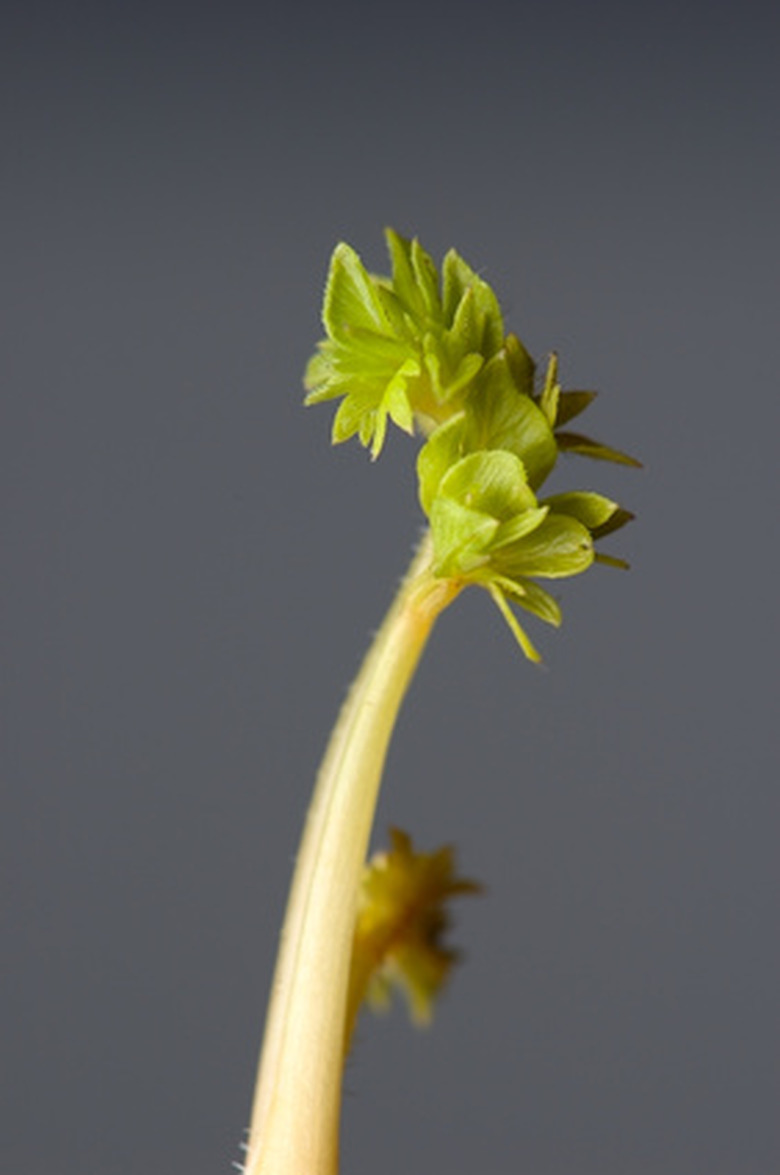Facts About Wisconsin Fast Plants
If you're working with Wisconsin fast plants in the classroom or lab, you'll want to know more about these unique organisms. They were initially developed in Wisconsin as a research tool and then became a popular model tool in classrooms all over the world. Unlike regular plants, fast plants have no seed dormancy period, undergo rapid growth and have a uniform flowering time.
Origin of Wisconsin Fast Plants
Origin of Wisconsin Fast Plants
Professor Paul H. Williams is to thank for fast plants. He first developed them in 1987 in the plant research program at the University of Wisconsin-Madison to help protect cruciferous plants (such as broccoli, cabbage, radish and mustard) from disease. Professor Williams bred Brassica rapa and six related species from the cabbage/mustard family Cruciferae for shorter life cycles, to accelerate the genetic research.
Over the next 20 years of experimentation, his breeding process cut a six-month growth cycle down to only five weeks. He also managed to establish uniform size, flowering time and growing conditions.
The small, rapid-cycling fast plants provide students with the chance to investigate plant growth, development and reproduction.
Characteristics of Fast Plants
Characteristics of Fast Plants
A defining characteristic of fast plants and other members of the Cruciferae family is the flower: four petals resembling a cross or crucifix. Fast plants reach a height of about 15 cm, flower after about 14 days and have a standard seed to seed growth cycle of about 35 to 40 days, with no seed dormancy period. Fast plants are very easy to grow in a standard potting mix under uninterrupted fluorescent lighting.
Life Cycle of Fast Plants
Life Cycle of Fast Plants
The fast plant life cycle can be split into four stages: germination and emergence, growth and development, flowering and reproduction, and post-pollination. One to three days after planting, the seed's embryonic root appears and seedlings sprout from the soil. The embryonic stem grows upward, seed leaves appear and you can see chlorophyll (green pigment).
Between days four to nine, the seed leaves grow bigger, true leaves start to form and flower buds pop out of the plant's tip. Around days 10 to 12, the plant's stem lengthens between the nodes (where the leaves attach to the stem) and leaves and flower buds continue to grow. Between days 13 and 17, the flowers open, allowing identification of the floral parts of the plant. Cross-pollination between plants is now possible for three to four days (stigmas are receptive to pollen for two to three days after a flower opens). Pruning unopened flower buds and side shoots should be done after pollination is complete, to channel energy into seed development.
During the post-pollination period (days 18 to 40), the pollinated flowers discard their petals, pods grow larger and seeds mature. Around day 36, plants should be removed from water to dry down (during this state, the pods turn yellow). You can remove pods from dried plants on day 40 and harvest the seeds.
Cite This Article
MLA
Gillespie, Claire. "Facts About Wisconsin Fast Plants" sciencing.com, https://www.sciencing.com/wisconsin-fast-plants-6773714/. 22 November 2019.
APA
Gillespie, Claire. (2019, November 22). Facts About Wisconsin Fast Plants. sciencing.com. Retrieved from https://www.sciencing.com/wisconsin-fast-plants-6773714/
Chicago
Gillespie, Claire. Facts About Wisconsin Fast Plants last modified March 24, 2022. https://www.sciencing.com/wisconsin-fast-plants-6773714/
